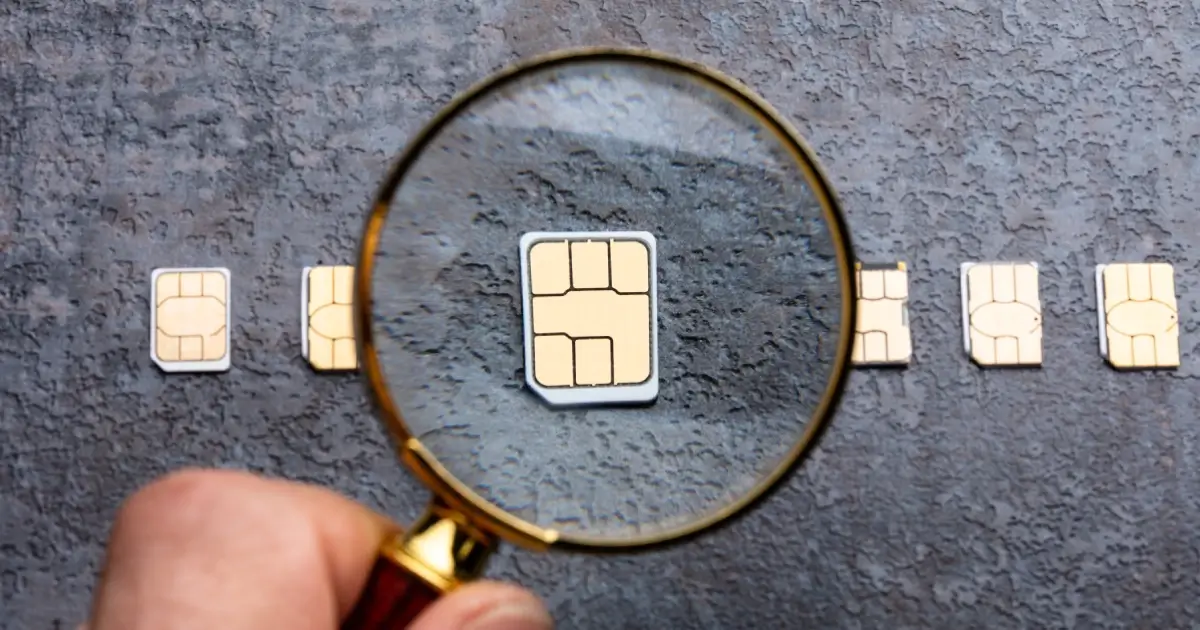Wearable technology is revolutionizing the healthcare industry, both in terms of treatment and prevention. Healthcare wearables offer numerous benefits, including improved efficiency, enhanced patient engagement, and optimized healthcare outcomes.
The market for wearable healthcare technology is projected to continue its growth, as more and more people adopt the technology. In this blog, we’ll explore the advancements and challenges associated with healthcare wearables, and future trends that we can expect to see in the industry.
Advancements in Healthcare Wearable Devices
Wearable technology has come a long way since its inception. Today, there are numerous types of healthcare wearables available, ranging from fitness trackers to smartwatches to wireless medical devices.
Wearables are now more affordable, user-friendly, and equipped with advanced sensors that can gather more detailed and accurate data.
Plus, wearables keep advancing. The future of wearable technology in healthcare will see better integration with artificial intelligence and machine learning, allowing for more advanced predictive analytics. These advancements are helping healthcare providers to give better diagnoses and treatment plans, ultimately improving health outcomes.
Examples of Wearable Technology in Healthcare
According to market research, the global healthcare wearable market is expected to reach $46.6 billion by 2025. With so much potential, it is no surprise that more and more companies are entering the market with innovative solutions. Some examples of healthcare wearables include:
1. Smartwatches: Devices like the Apple Watch and Samsung Galaxy Watch offer features like heart rate monitoring and ECG measurements.
2. Fitness trackers: These devices monitor physical activity, heart rate variability, and sleep.
3. Continuous glucose monitors: Devices like the Freestyle Libre and Dexcom G6 allow individuals with diabetes to easily track their glucose levels.
4. Smart contact lenses: These contact lenses can track glucose levels, helping diabetics maintain better control.
5. Wearable ECG devices: Devices that can measure a person’s electrocardiogram are now widely available, allowing for easy and non-invasive monitoring.
6. Wearable blood pressure monitors: Oscillometric blood pressure monitors can measure blood pressure and daily activity.
Wearables in Healthcare IoT
The Internet of Things (IoT) refers to the interconnection of physical devices, vehicles, buildings, and more. This technology is particularly useful in healthcare, where devices can communicate with one another and share data.
Wearables are a key part of the healthcare IoT ecosystem, as they can transmit critical health information to healthcare providers and other devices. For example, a fitness tracker could send data to a healthcare provider who could then adjust a patient’s care plan accordingly.
As the IoT continues to grow and develop, wearables are likely to play an even more significant role in healthcare.
The Next Trend in Wearable Technology
Wearable technology is evolving rapidly, and there are several trends that we can expect to see in the near future. One of the most significant trends is the integration of wearables with telemedicine.
Telemedicine involves the remote diagnosis and treatment of patients, often via video conferencing. With wearable devices, healthcare providers can easily monitor chronic conditions and other health concerns from a remote location.
You can expect to see wearables that are more focused on prevention, rather than treatment. This includes devices that monitor a person’s mental health, sleep quality, and stress levels.
Do Wearables Improve Health?
The short answer is yes. Research has shown that healthcare wearables can improve health in numerous ways. For example, wearables can encourage individuals to exercise more, prioritize sleep, and eat a healthier diet.
Wearables can also provide early warning signs for conditions like heart disease and respiratory illnesses, allowing people to receive treatment before symptoms become severe. Of course, wearables can also help healthcare providers monitor chronic conditions more effectively, leading to better treatment plans and outcomes.
Wearables are the Future
Healthcare wearables are changing the face of healthcare, from treatment to prevention. NUU devices serve as a communication hub to connect wearables which often don’t have the ability to communicate over cellular or wifi networks. Leveraging our hardware allows for increased processing power to do the heavy lifting when analyzing data so the wearable can focus on it’s primary goal of collecting it.
Advancements in technology, the availability of healthcare wearables, and the rapid growth of the healthcare IoT ecosystem mean we can expect to see more and more innovative solutions in the coming years. From detecting early warning signs for diseases to promoting healthy habits, healthcare wearables offer numerous benefits that can help improve healthcare outcomes.



